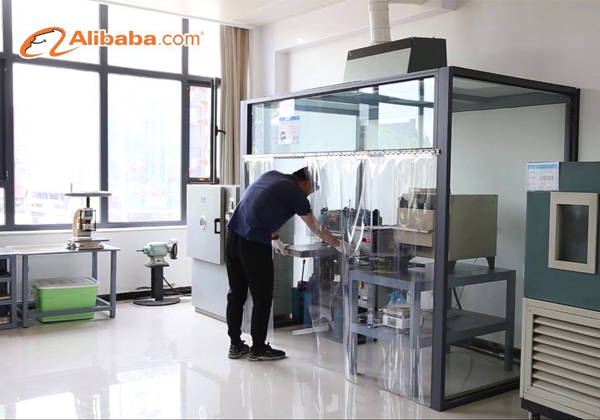- Arabic
- French
- Russian
- Spanish
- Portuguese
- Turkish
- Armenian
- English
- Albanian
- Amharic
- Azerbaijani
- Basque
- Belarusian
- Bengali
- Bosnian
- Bulgarian
- Catalan
- Cebuano
- Corsican
- Croatian
- Czech
- Danish
- Dutch
- Afrikaans
- Esperanto
- Estonian
- Finnish
- Frisian
- Galician
- Georgian
- German
- Greek
- Gujarati
- Haitian Creole
- hausa
- hawaiian
- Hebrew
- Hindi
- Miao
- Hungarian
- Icelandic
- igbo
- Indonesian
- irish
- Italian
- Japanese
- Javanese
- Kannada
- kazakh
- Khmer
- Rwandese
- Korean
- Kurdish
- Kyrgyz
- Lao
- Latin
- Latvian
- Lithuanian
- Luxembourgish
- Macedonian
- Malgashi
- Malay
- Malayalam
- Maltese
- Maori
- Marathi
- Mongolian
- Myanmar
- Nepali
- Norwegian
- Norwegian
- Occitan
- Pashto
- Persian
- Polish
- Punjabi
- Romanian
- Samoan
- Scottish Gaelic
- Serbian
- Sesotho
- Shona
- Sindhi
- Sinhala
- Slovak
- Slovenian
- Somali
- Sundanese
- Swahili
- Swedish
- Tagalog
- Tajik
- Tamil
- Tatar
- Telugu
- Thai
- Turkmen
- Ukrainian
- Urdu
- Uighur
- Uzbek
- Vietnamese
- Welsh
- Bantu
- Yiddish
- Yoruba
- Zulu
កក្កដា . 25, 2024 05:24 Back to list
Comprehensive Guide to Timing Belt Maintenance for Hyundai H100 and Its Importance
Understanding the Timing Belt for Hyundai H100
The Hyundai H100 is a versatile vehicle often used for various purposes, including commercial delivery and family transport in many regions. One crucial component that ensures its optimal performance is the timing belt. This article delves into the significance of the timing belt in the Hyundai H100, its maintenance, and potential issues that drivers should be aware of.
What is a Timing Belt?
The timing belt is a critical element in the internal combustion engine. It is typically made from rubber and reinforced with fibers to withstand high levels of stress and heat. Located in the engine, the timing belt synchronizes the rotation of the crankshaft and camshaft(s), ensuring that the engine’s valves open and close at the proper times during the engine’s cycle. This synchronization is essential for the engine to operate efficiently and effectively.
Importance of the Timing Belt in Hyundai H100
In the Hyundai H100, the timing belt is vital for maintaining the engine's performance. A well-functioning timing belt ensures that the engine runs smoothly, which directly affects fuel efficiency and power output. If the timing belt fails, it can lead to catastrophic engine damage as the pistons may collide with the valves, causing significant repairs. This makes regular timing belt maintenance particularly crucial for vehicle owners.
Maintenance and Replacement Guidelines
Hyundai recommends that the timing belt in the H100 be replaced at specific intervals to avoid potential failures. Generally, this replacement is scheduled every 60,000 to 100,000 kilometers (approximately 37,000 to 62,000 miles), but it can vary based on driving conditions and usage. For instance, if the vehicle frequently operates in harsh conditions—such as extreme temperatures or heavy loads—more frequent inspections and replacements may be necessary.
timing belt for hyundai h100

When servicing the timing belt, it is advisable to replace the accompanying components simultaneously, including the tensioner, idler pulleys, and water pump. These parts work in tandem with the timing belt and often show wear over time, so replacing them can prevent further complications.
Signs of Timing Belt Wear and Failure
Drivers should be vigilant for early signs of timing belt wear or failure. Some common indicators include
1. Engine Noise If you hear a high-pitched noise coming from the engine, it could indicate a worn or loose timing belt. 2. Engine Misfires A timing belt that has slipped or is failing may cause the engine to misfire due to improper valve timing.
3. Oil Leaks Oil leaks can occur from the timing belt cover, which could signal that the seal is deteriorating.
4. Dashboard Warning Lights If the check engine light activates, it may be prudent to investigate further. A failing timing belt can trigger engine management system warnings.
Conclusion
The timing belt is an integral part of the Hyundai H100 that shouldn’t be overlooked. Regular maintenance and timely replacement can prevent unexpected breakdowns and costly repairs, ensuring that the vehicle remains reliable and efficient. By adhering to the manufacturer’s guidelines and being attentive to the signs of wear, H100 owners can preserve the longevity and performance of their vehicles. Remember, when it comes to critical components like the timing belt, proactive measures always prove to be the wisest choice.
-
Korean Auto Parts Timing Belt 24312-37500 For Hyundai/Kia
NewsMar.07,2025
-
7PK2300 90916-T2024 RIBBED BELT POLY V BELT PK BELT
NewsMar.07,2025
-
Chinese Auto Belt Factory 310-2M-22 For BMW/Mercedes-Benz
NewsMar.07,2025
-
Chinese Auto Belt Factory 310-2M-22 For BMW/Mercedes-Benz
NewsMar.07,2025
-
90916-02660 PK Belt 6PK1680 For Toyota
NewsMar.07,2025
-
drive belt serpentine belt
NewsMar.07,2025

